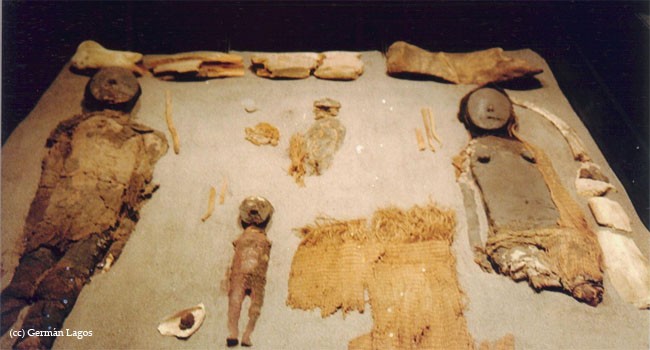Chinchorro mummies are rapidly degrading over the last 10 years. The Tarapaca scientists in Chile, which has 120 mummies were the first group of people to notice the changing physical attributes.
Marcela Sepulveda, University of Tarapaca's Archeology professor, during a visit in Cambridge said, "In the last ten years, the process has accelerated. It is very important to get more information about what's causing this and to get the university and national government to do what's necessary to preserve the Chinchorro mummies for the future," the Phys Org reported.
Sepulveda immediately called out researchers in Europe and North America to assist in dissecting the possible answers to the rapid deterioration.
Harvard's Applied Biology professor Ralph Mitchell was quick to respond to the invite. The Harvard SEAS Emeritus specializes in the microbiology of decaying objects.
"We knew the mummies were degrading, but nobody understood why. This kind of degradation has never been studied before. We wanted to answer two questions: what was causing it and what could we do to prevent further degradation," the historic manuscript expert said.
With the samples of the undamaged, degrading skin of the mummies, Mitchell alongside Alice DeAraujo, a research fellow in Mitchell's laboratory, said that the decay was microbial in nature and that the sustained increase in humidity level triggered it.
The Chinchorro were a group of hunter-gatherers who lived in Peru and Chile. They mummified people regardless of societal status. These research efforts could help in the preservation of the tribe's mummies, which are 2000 years older than those found in Egypt, the CBS News revealed.



























